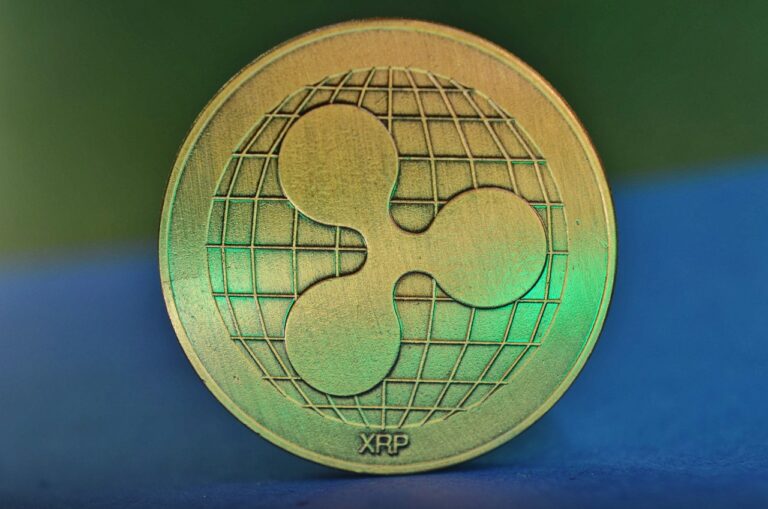Validators on the XRP Ledger have moved to approve the controversial clawback feature, which introduces a pivotal functionality for developers allowing the reversal of token transactions under specific circumstances, such as suspected fraud or aiding users in regaining access to their accounts in cases of lost credentials.
The Clawback feature has now received 80% approval from the network’s validators. Its use is by default deactivated, and to use it users must trigger the trust line flag. Trust lines, according to XRP Ledger documentation, are “structures in the XRP Ledger for holding fungible tokens. Trust lines enforce the XRP Ledger’s rule that you cannot cause someone else to hold a token they don’t want. “
Per the documentation, these trust lines are necessary to “enable the XRP Ledger’s use case for community credit among other benefits.”
Their activation under Clawback not only promotes transparency but also empowers users to verify the feature’s status, leading to more thoughtful transactional decisions. Clawback does not supplant the XRPL’s existing Freeze feature which allows validators to freeze assets in specific situations.
As CryptoGlobe reported, the XRP Ledger could soon receive an upgrade that will introduce a built-in automated market maker (AMM) trading platform into the ledger, allowing $XRP token holders to earn income on-chain. The proposal to introduce it has now been gaining support from validators.
An AMM is a platform that allows for cryptocurrency trading in a permissionless way using liquidity pools, rather than traditional order books. Liquidity pools are shared pools of two or more tokens supplied by users that are used for trades. The prices of tokens within the pool are determined through the use of blockchain oracles.
One of the main advantages of AMMs is that they eliminate the need for intermediaries and order books, which reduces transaction costs and delays. AMMs also enable high liquidity and low slippage, as users can always trade with the pool regardless of the market conditions.
Investors who add tokens to liquidity pools receive a share of the fees collected from each trade, but the revenue comes with the risk of impermanent loss. Impermanent loss occurs when price fluctuations alter the ratio of the tokens within the pool, meaning token providers could be better off if they simply held the tokens in their wallets.
Featured image via Pixabay.









